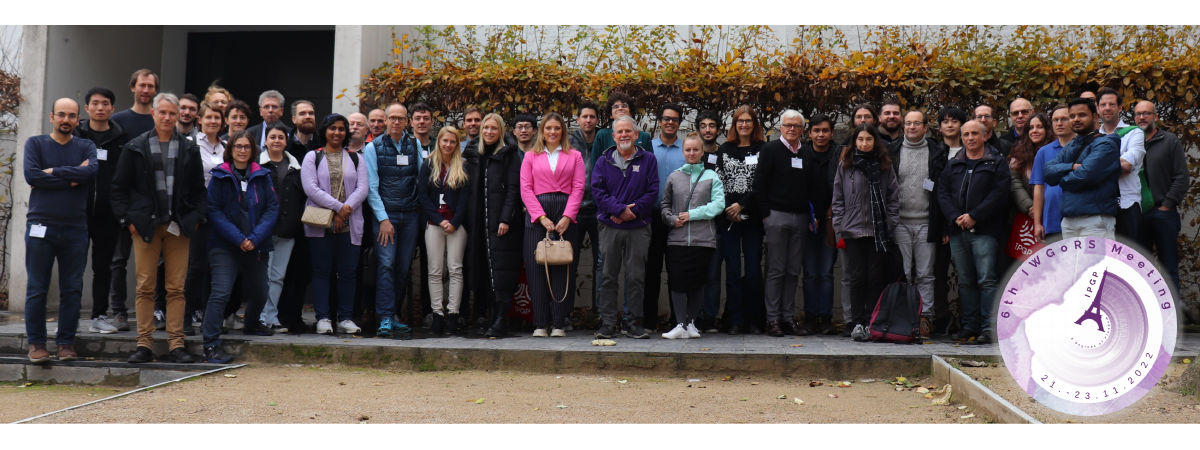Free field rotations: relevance on buildings in near field
Alberto Castellani and Roberto Guidotti
Soil rotations around horizontal axes, during an earthquake, are studied. The relevance of this input motion for relatively tall structures is examined, with reference to the structural effects that the horizontal motion concurrently provide. Meaningful will be ranked those effects of the order of magnitude of 20% or higher than those implied by the horizontal translational excitation.
Rotations, or rotation accelerations, are obtained through cross power spectra of records collected by closely spaced arrays of strong motion accelerometers. For understanding the relevance on building structures, this procedure has two areas of concern: 1) the coherence implicit in the cross power spectra, which depends on the interpolation function used to obtain the cross spectra, and 2) the relative importance of the vertical to the horizontal input motion.
For the first item, three coherence functions suggested by Haricandran and Vanmarke (1984), Luco and Wong (1986), and Abrahanson et al. (1991), are compared. The coherence developed by the first Authors provides in general meaningful rotations, while that of Luco and Wong, provides meaningless rotations, for the example of relatively tall building examined in the application. Coherences developed by Abrahanson et al. offer the most circumstantiated appliance, although it is based on a set of records of a single earthquake.
The relevance on structures largely depends on relative importance of the vertical to the horizontal input motion. With reference to the horizontal motions, Eurocode 8 establishes unimportant vertical motions at low frequency, and in consequence soil rotation is of little concern, i.e. the effects are of the order of the uncertainties invariably associated to earthquake effects. However, if comparable vertical and horizontal accelerations are assumed for the input motion, as it appears in most records collected in the near field, rotations can provide meaningful contribution to stresses and displacements. Rotation response spectra are built up to provide a measure to rotations.
Results obtained through the present procedure are in good agreement with the richest set of experimental data so far available, published by Liu et al, 2009.
Rotation accelerations are centered in a range of frequencies above 5-10 Hz. The high frequency content of the response spectrum has little effects in most engineering applications. Meanwhile it is the low frequency content of the response spectrum that largely depends on the interpolation function used to obtain the cross power spectra, and on the response spectrum for vertical acceleration.
In the literature the spatial distribution of the ground motion at the free-field surface during an earthquake has been described through several quantities: the ensemble of translation measurements obtained by closely-spaced arrays of instruments, the cross power spectra elaborated on such an ensemble, the rotation at a point obtained by apposite instruments, the average rotation between two separate points laying on the surface.
Previous evaluations of rotational ground motion have been based on records of translational motions and wave propagation theory. Accelerograms recorded at some tens of km from the source were used. When a distinction between wave types is possible, wave theory provides a picture of the propagation pattern around the recording station.
Local vibration of beams and columns, without important motion of the building center of mass, is promoted by the high frequency content of the rotation motion. Overturning motion, involving horizontal displacement of the center of mass, is provided by the low frequency content, at frequencies around the first natural frequency of the building. In terms of stress in structural elements, the second effect appears to be more important.
We have attempted a similar goal numerically with finite element techniques, Stupazzini et al. 2009.
.png)